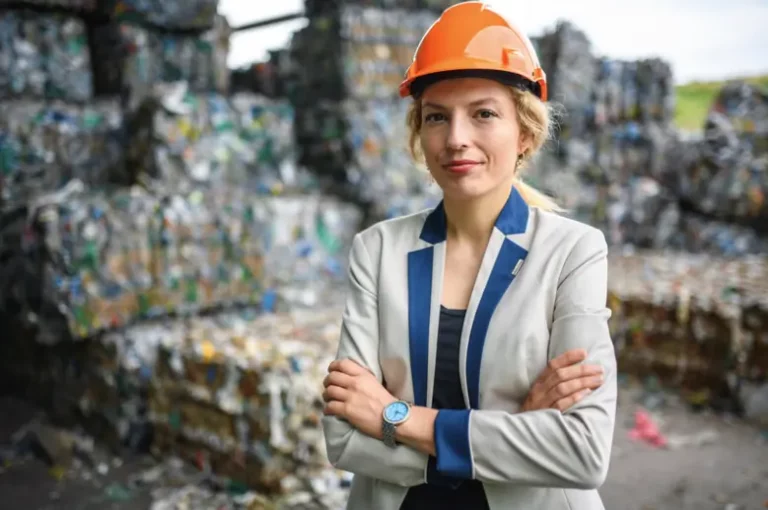Driving Efficiency and Sustainability
Waste management is a critical yet often overlooked component of urban infrastructure. Artificial Intelligence (AI) is beginning to reshape this industry, optimizing collection routes, enhancing recycling processes, and improving overall waste reduction efforts. This exploration highlights how AI technologies are making waste management more efficient and environmentally friendly, backed by specific examples and statistics.
AI-Enhanced Route Optimization for Collection
AI is revolutionizing how waste is collected in cities by optimizing routes that save fuel, reduce emissions, and decrease the amount of time trucks spend on the road.
Example: Waste Management Inc. Waste Management Inc. uses AI to analyze and optimize garbage collection routes across North America. Their AI-driven tools have led to a reduction in daily travel distances by up to 15%, resulting in a 20% decrease in fuel consumption annually, translating to savings of millions of dollars in operational costs.
Smart Recycling Facilities Powered by AI

Advanced AI applications are being employed in recycling facilities to sort waste more accurately and efficiently than human workers, increasing recycling rates and the purity of recycled materials.
Example: AMP Robotics AMP Robotics develops AI-powered systems that identify and sort recyclable materials from waste streams at speeds unimaginable by human sorters. Their technology has increased sorting accuracy by 30% and boosted facility output by up to 50%, enhancing the profitability of recycling operations.
Predictive Maintenance for Waste Management Equipment
AI tools are used for predictive maintenance on waste management machinery, such as compactors and sorters, predicting failures before they occur and reducing downtime.

Example: Bigbelly Smart Waste & Recycling System Bigbelly’s smart waste system uses AI to monitor the health of its waste compaction units deployed worldwide. AI algorithms predict maintenance needs based on usage patterns and sensor data, which has decreased the units’ downtime by up to 40% and reduced maintenance costs by 25%.
AI-Driven Public Engagement and Education

AI technologies help educate the public about recycling practices through apps and informational kiosks, using machine learning to customize educational content based on user interactions.
Example: Clean Robotics Clean Robotics’ TrashBot uses AI to not only sort waste but also to collect data on user recycling habits, which it uses to inform owners and the public about effective recycling practices. Their installations have led to an improvement in correct recycling rates by up to 35% in venues where they are deployed.
Challenges and Future Directions
While AI integration offers significant benefits, it also presents challenges, including high initial investment costs, the need for significant data to train AI models effectively, and public resistance to automation in traditional sectors like waste management.
Conclusion: Clean Tech for a Cleaner World

AI’s role in transforming waste management is just beginning. As technology advances, the potential for AI to enhance efficiency and effectiveness in this sector will grow, contributing to a more sustainable future. With continuous innovation and adoption, AI could lead to more significant reductions in waste and increased recycling rates, making cities cleaner and more sustainable.


